公司新闻
在道路维修与再造工程中,树根区域因其复杂的地下环境与生态敏感性,成为冷再生机施工需重点避让的区域。通过精准识别、工艺调整与质量监控,可有效保护树木根系,同时确保再生层施工质量。本文将系统阐述冷再生机在树根区域施工的关键避让技巧。
In road maintenance and reconstruction projects, the tree root area has become a key area to avoid during the construction of cold recycling machines due to its complex underground environment and ecological sensitivity. By precise identification, process adjustment, and quality monitoring, tree roots can be effectively protected while ensuring the construction quality of the regeneration layer. This article will systematically explain the key avoidance techniques for the construction of cold regeneration machines in tree root areas.
一、树根区域精准识别技术
1、 Accurate recognition technology for tree root area
地质雷达探测
Geological radar detection
施工前采用地质雷达对作业区域进行扫描,通过电磁波反射特征识别树根位置与埋深。该技术可探测直径大于2cm的根系,定位误差控制在±5cm以内,为路径规划提供数据支撑。
Before construction, geological radar is used to scan the work area and identify the location and burial depth of tree roots through electromagnetic wave reflection characteristics. This technology can detect root systems with a diameter greater than 2cm, with a positioning error controlled within ± 5cm, providing data support for path planning.
标记与隔离
Marking and isolation
根据探测结果,在树冠投影边缘外延1.5米范围设置警戒区,采用柔性警示桩与荧光喷涂进行双重标记。对于胸径超过30cm的树木,需扩大隔离范围至2米。
According to the detection results, a warning zone is set up within a range of 1.5 meters beyond the projection edge of the tree crown, using flexible warning posts and fluorescent spraying for dual marking. For trees with a diameter at breast height exceeding 30cm, the isolation range needs to be expanded to 2 meters.
二、施工参数动态调整策略
2、 Dynamic adjustment strategy for construction parameters
铣刨深度控制
Milling depth control
在树根区域边缘,采用阶梯式减深工艺,每米进深铣刨深度递减2cm,至警戒区边界时深度保留设计值的60%。这种渐变过渡可减少对浅层根系的扰动。
At the edge of the tree root area, a stepped depth reduction process is adopted, with a milling depth decreasing by 2cm per meter of depth. When reaching the boundary of the warning zone, the depth is retained at 60% of the design value. This gradual transition can reduce disturbance to shallow root systems.
行驶速度优化
Driving speed optimization
将常规施工速度从5m/min降至2-3m/min,通过冷再生机智能控制系统实现速度的平滑过渡。在警戒区内,采用“蛇形”走位,避免直线碾压对根系的集中压力。
Reduce the conventional construction speed from 5m/min to 2-3m/min and achieve a smooth transition in speed through the intelligent control system of the cold recycling machine. Within the warning zone, adopt a "snake like" positioning to avoid concentrated pressure on the root system caused by straight-line crushing.
刀具组合创新
Innovation in Tool Combination
更换为窄幅刀具组,刀间距缩小至常规值的70%,减少单次铣刨宽度。在树根密集区域,采用“跳刀”工艺,间隔50cm进行局部再生,降低对根系的切割风险。
Replace with a narrow cutting tool set, reduce the tool spacing to 70% of the conventional value, and decrease the width of a single milling operation. In areas with dense tree roots, the "jumping knife" technique is used to perform local regeneration at intervals of 50cm, reducing the risk of cutting the roots.
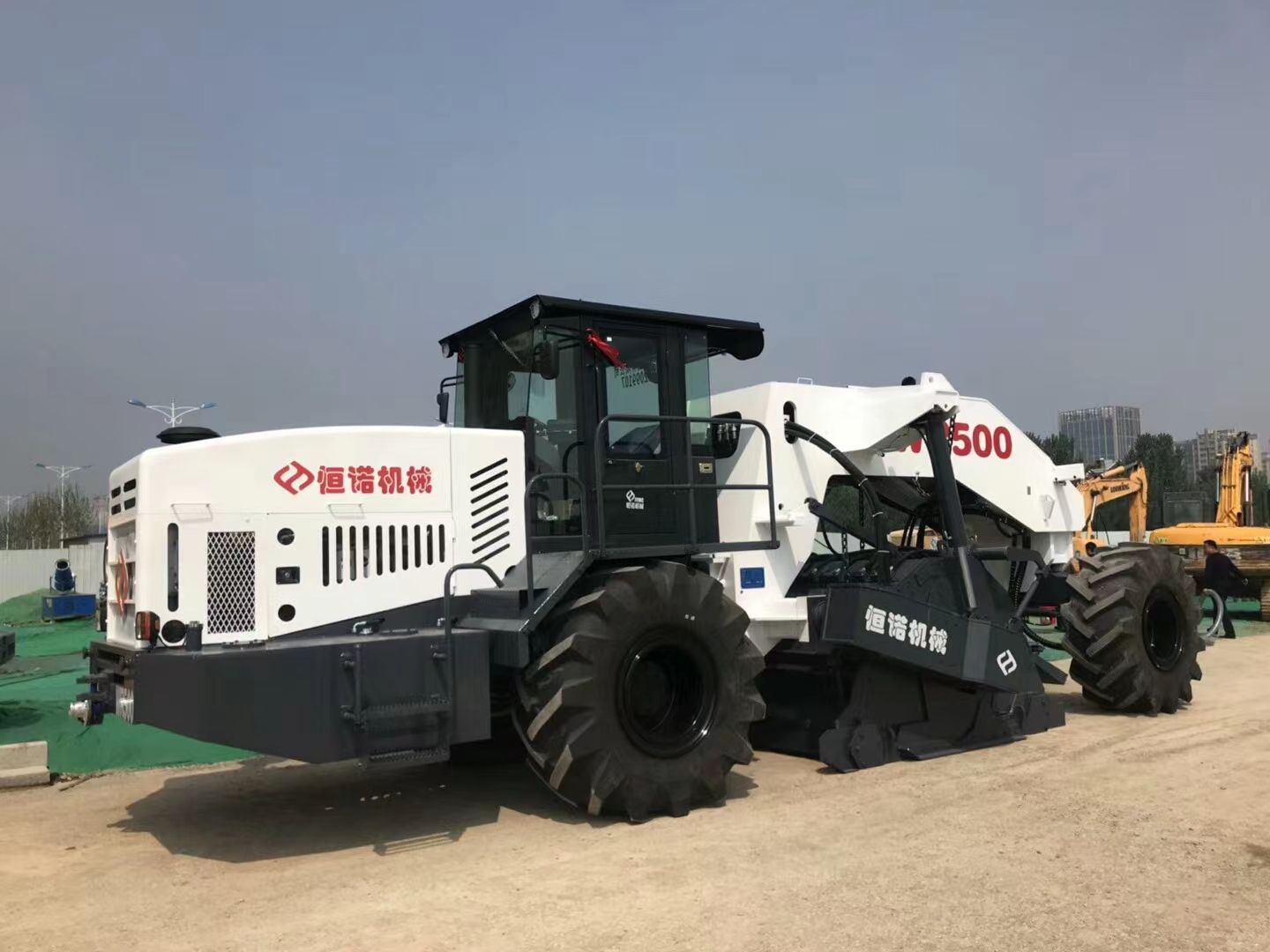
三、特殊工艺应用
3、 Special Process Applications
人工辅助剥离
Manual assisted peeling
对于探测到的直径大于5cm的树根,采用人工风镐进行保护性剥离,保留30cm厚度的原生土作为根系缓冲层。剥离后的根孔采用冷补料回填,防止塌陷。
For tree roots with a diameter greater than 5cm detected, artificial air picks are used for protective stripping, and 30cm thick native soil is retained as a root buffer layer. The stripped root hole is backfilled with cold patching material to prevent collapse.
振动隔离技术
Vibration isolation technology
在冷再生机与地面接触部位加装橡胶减震块,将振动加速度降低。对于古树名木,需在树基周围铺设2米宽的泡沫玻璃板,形成振动隔离带。
Install rubber shock absorbers at the contact area between the cold regeneration machine and the ground to reduce vibration acceleration. For ancient and famous trees, it is necessary to lay a 2m wide foam glass plate around the tree base to form a vibration isolation belt.
湿度调控
Humidity control
通过喷洒系统实施微量补水,保持再生料含水率在最佳值±1%范围内。在树根区域,额外增加0.5%-1%的含水率,利用水的润滑作用减少铣刨阻力。
Implement micro water replenishment through a spraying system to maintain the moisture content of the regenerated material within the optimal range of ± 1%. In the root area, an additional 0.5% -1% moisture content is added to reduce milling resistance by utilizing the lubrication effect of water.
四、质量监控与修复措施
4、 Quality monitoring and repair measures
实时监测系统
Real time monitoring system
在冷再生机作业臂安装位移传感器,实时监测铣刨深度,误差超过预设值时自动报警。采用红外热像仪检测再生层温度,确保均匀性。
Install displacement sensors on the working arm of the cold recycling machine to monitor the milling depth in real-time, and automatically sound an alarm when the error exceeds the preset value. Using an infrared thermal imager to detect the temperature of the regeneration layer and ensure uniformity.
生态检测
Ecological testing
施工后7天内,每日检测树木叶片电导率,数值超过阈值时启动应急补水。对于出现萎蔫的树木,采用树干注射营养液的方式进行抢救。
Within 7 days after construction, the electrical conductivity of tree leaves should be tested daily, and emergency water replenishment should be initiated when the value exceeds the threshold. For trees that have wilted, the method of injecting nutrient solution into the trunk is used for rescue.
缺陷修复
Defect repair
对于因施工造成的根系暴露,立即用湿润草炭土覆盖,厚度不小于10cm。再生层出现的局部离析,采用冷补沥青混合料进行点补,确保平整度。
For root exposure caused by construction, immediately cover it with moist peat soil with a thickness of not less than 10cm. For local segregation in the regeneration layer, use cold patching asphalt mixture for spot patching to ensure flatness.
五、环境协调与长效保护
5、 Environmental coordination and long-term protection
根系保护层施工
Construction of root protection layer
在再生层与树穴之间浇筑20cm厚的陶粒混凝土过渡层,既保证排水通畅,又形成物理屏障。表面铺设土工布,防止再生料中的细粒料侵入根系区。
Pour a 20cm thick transition layer of ceramic aggregate concrete between the regeneration layer and the tree hole to ensure smooth drainage and form a physical barrier. Lay geotextile on the surface to prevent fine particles from entering the root zone of recycled materials.
智能养护系统
Intelligent maintenance system
在树基周围埋设土壤温湿度传感器,通过物联网平台实时监控。当含水率低于15%时,自动启动滴灌系统进行补水,维持根系活性。
Bury soil temperature and humidity sensors around the tree base and monitor them in real-time through an IoT platform. When the moisture content is below 15%, the drip irrigation system will automatically start to replenish water and maintain root activity.
冷再生机在树根区域施工需建立“探测-避让-保护-修复”的全周期管理体系,通过参数优化、工艺创新与智能监控,实现工程建设与生态保护的平衡。随着非破坏性检测技术与生态修复材料的发展,树根区域施工将向更精准、更环保的方向演进,为城市更新提供可持续的解决方案。
The construction of cold recycling machines in tree root areas requires the establishment of a full cycle management system of "detection avoidance protection restoration", which achieves a balance between engineering construction and ecological protection through parameter optimization, process innovation, and intelligent monitoring. With the development of non-destructive testing technology and ecological restoration materials, the construction of tree root areas will evolve towards more precise and environmentally friendly directions, providing sustainable solutions for urban renewal.
本文由冷再生机租赁友情奉献.更多有关的知识请点击:http://www.sddhfjx.com真诚的态度.为您提供为全面的服务.更多有关的知识我们将会陆续向大家奉献.敬请期待.
This article is a friendly contribution from Cold Recycling Machine Rental For more information, please click: http://www.sddhfjx.com Sincere attitude To provide you with comprehensive services We will gradually contribute more relevant knowledge to everyone Coming soon.


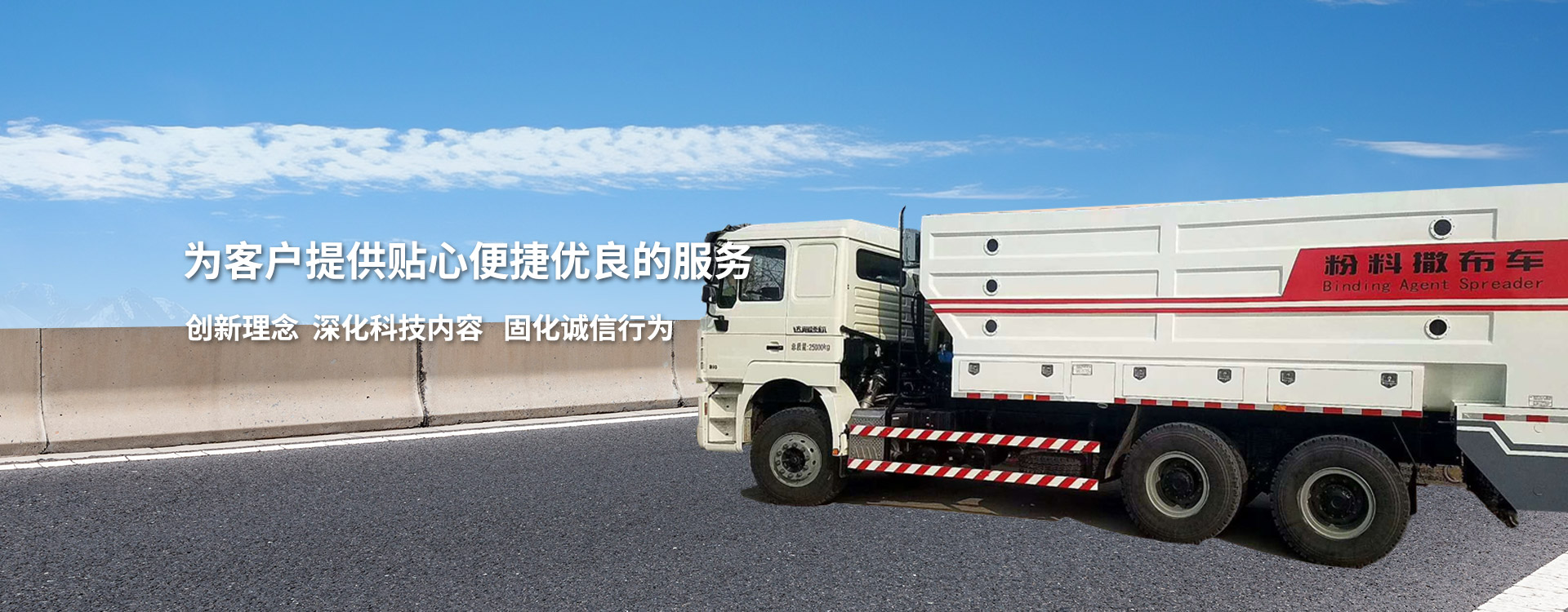
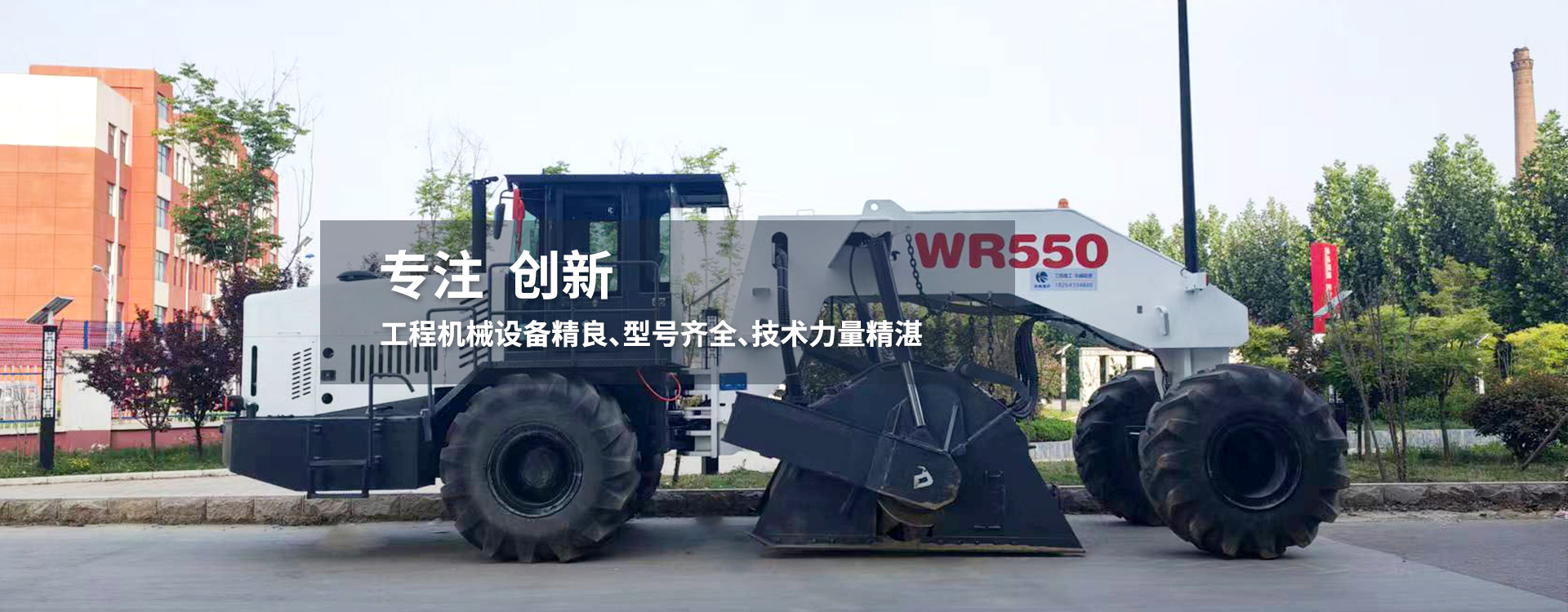
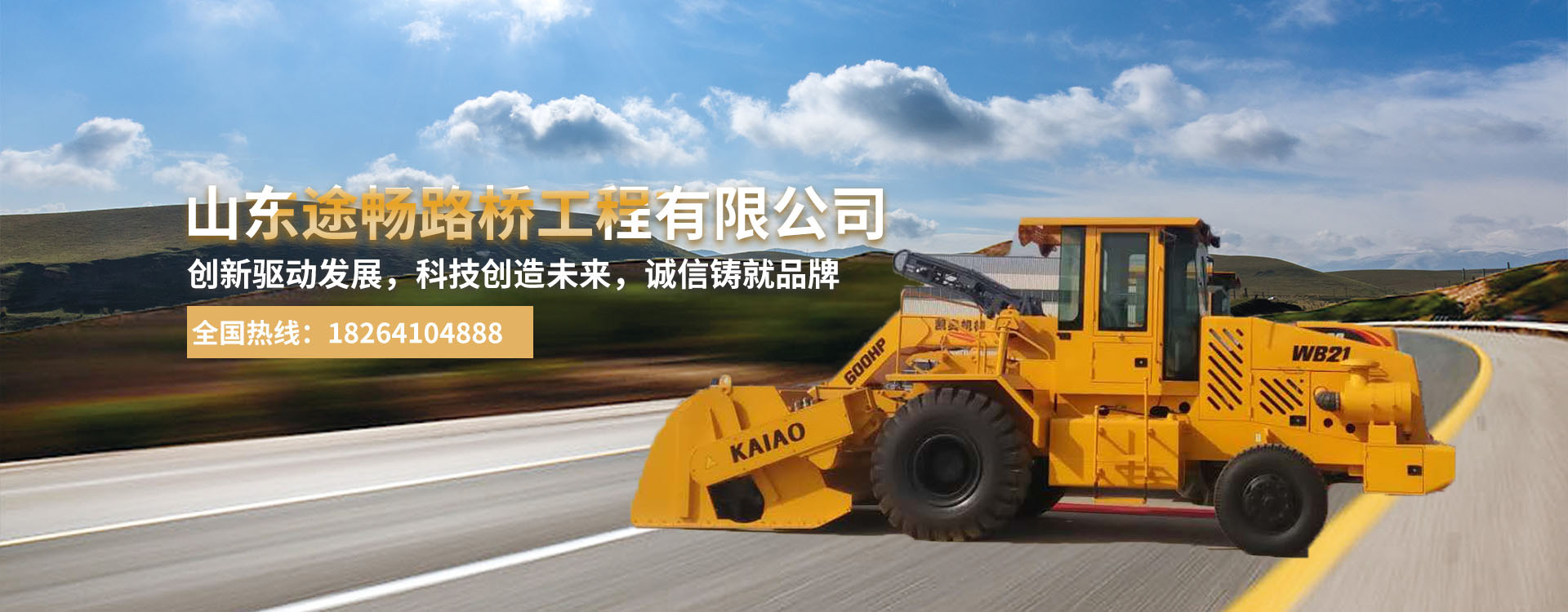
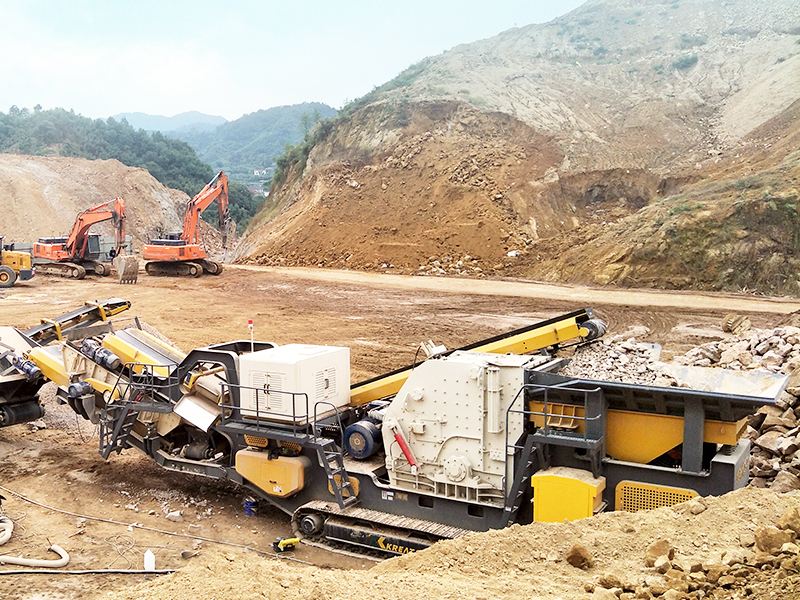
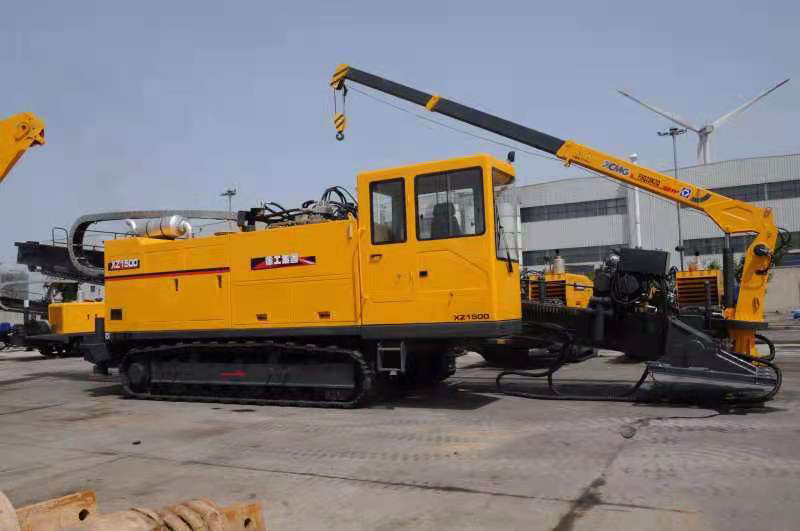
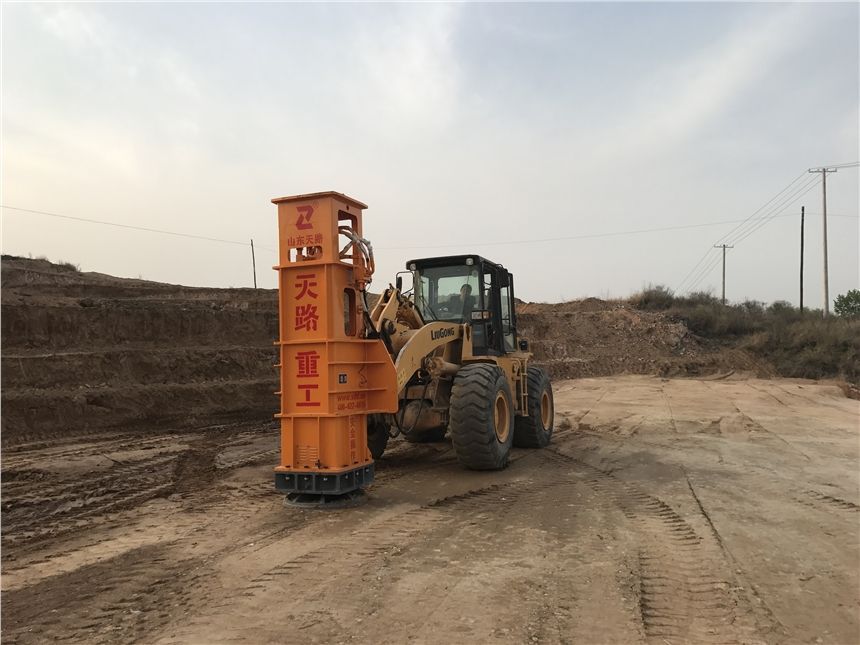
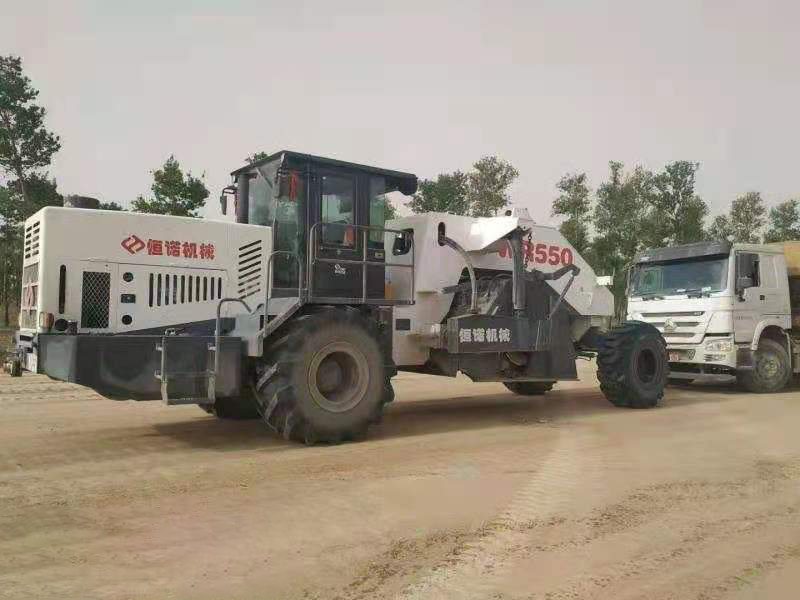
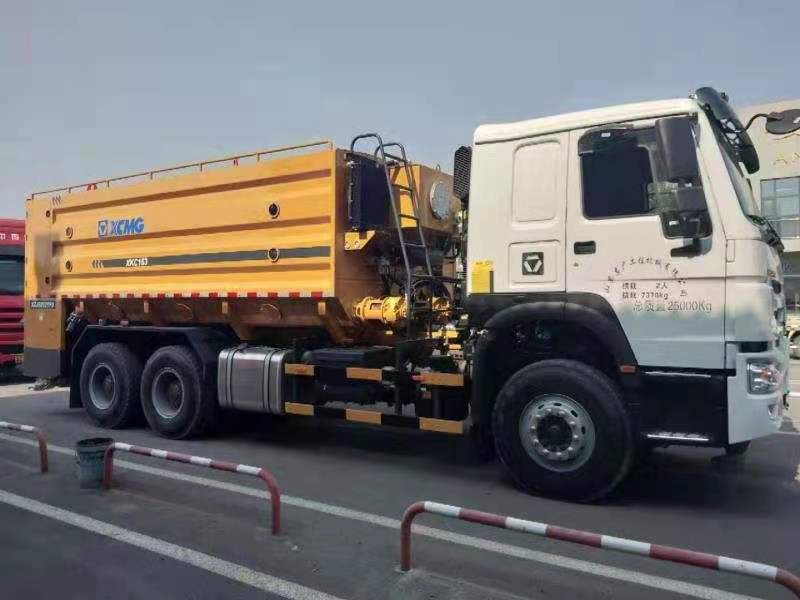
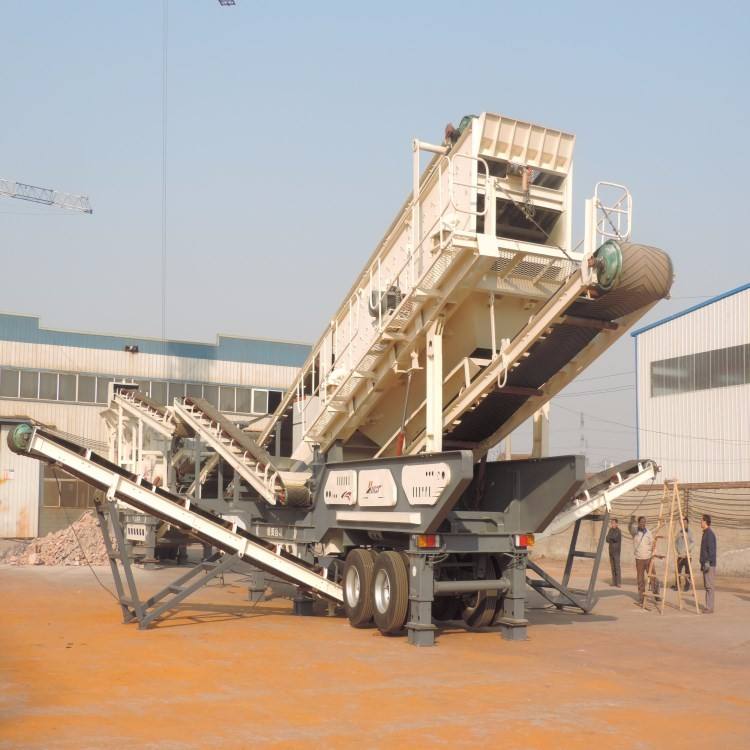
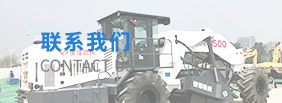

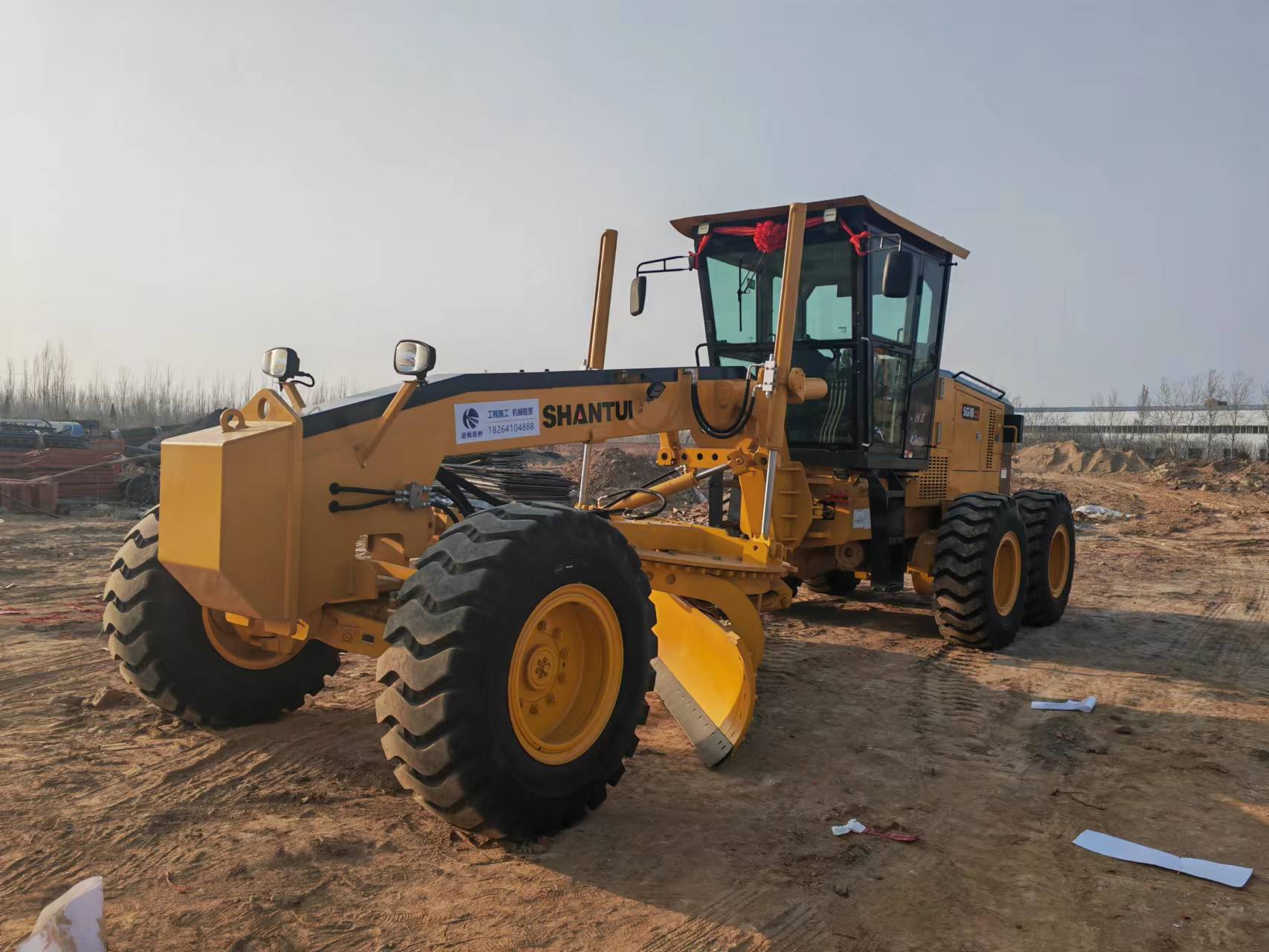
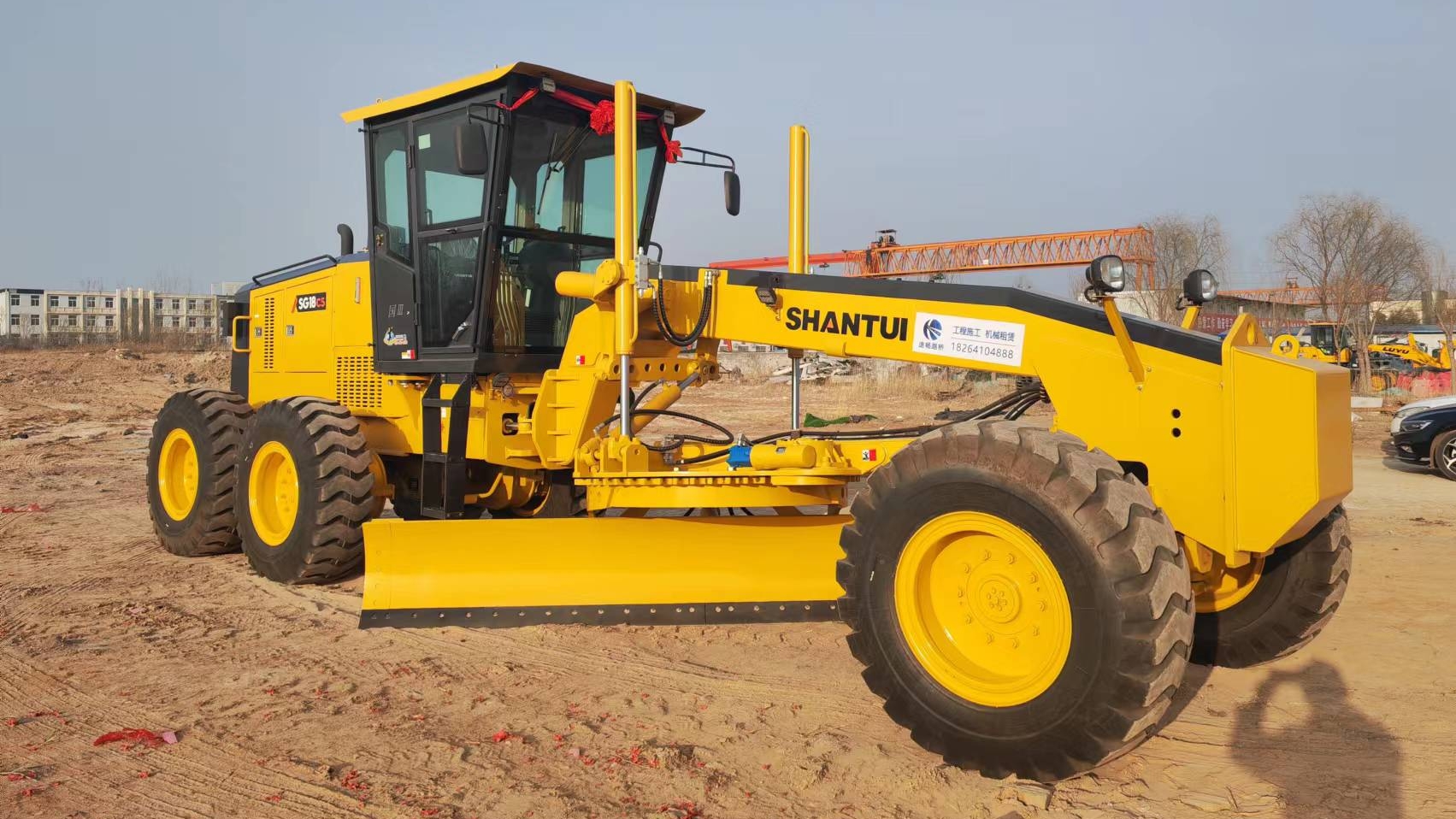
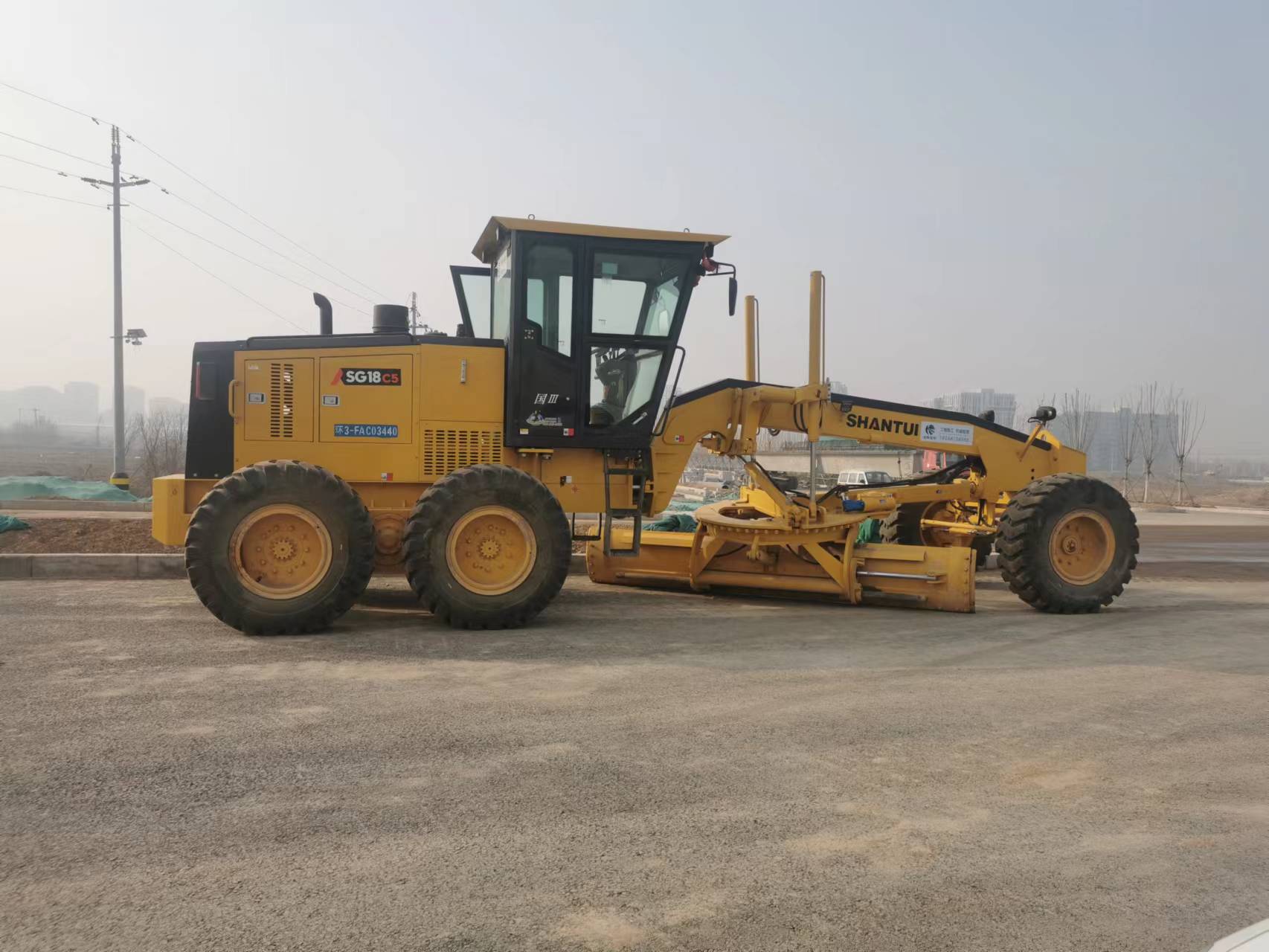
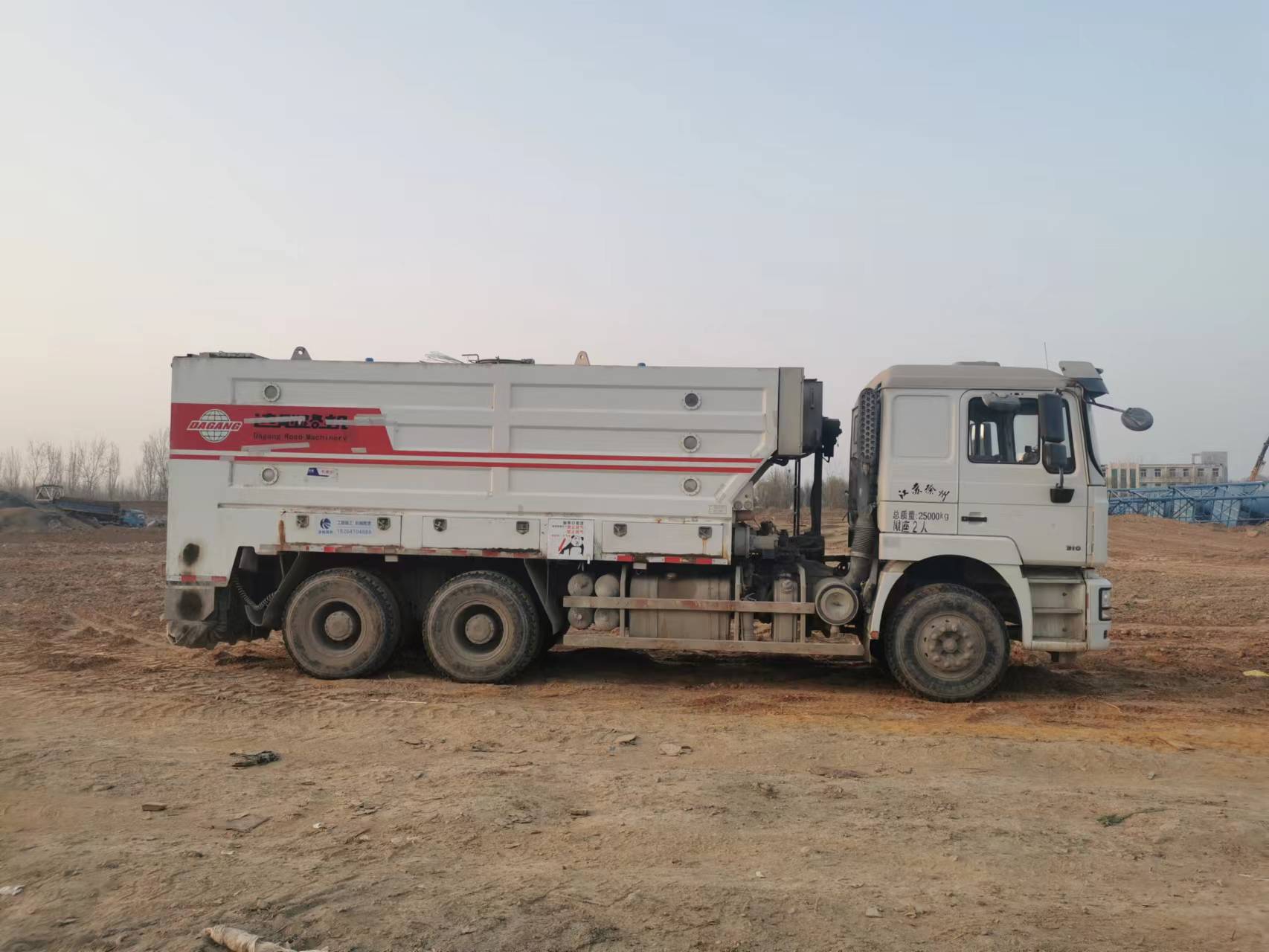
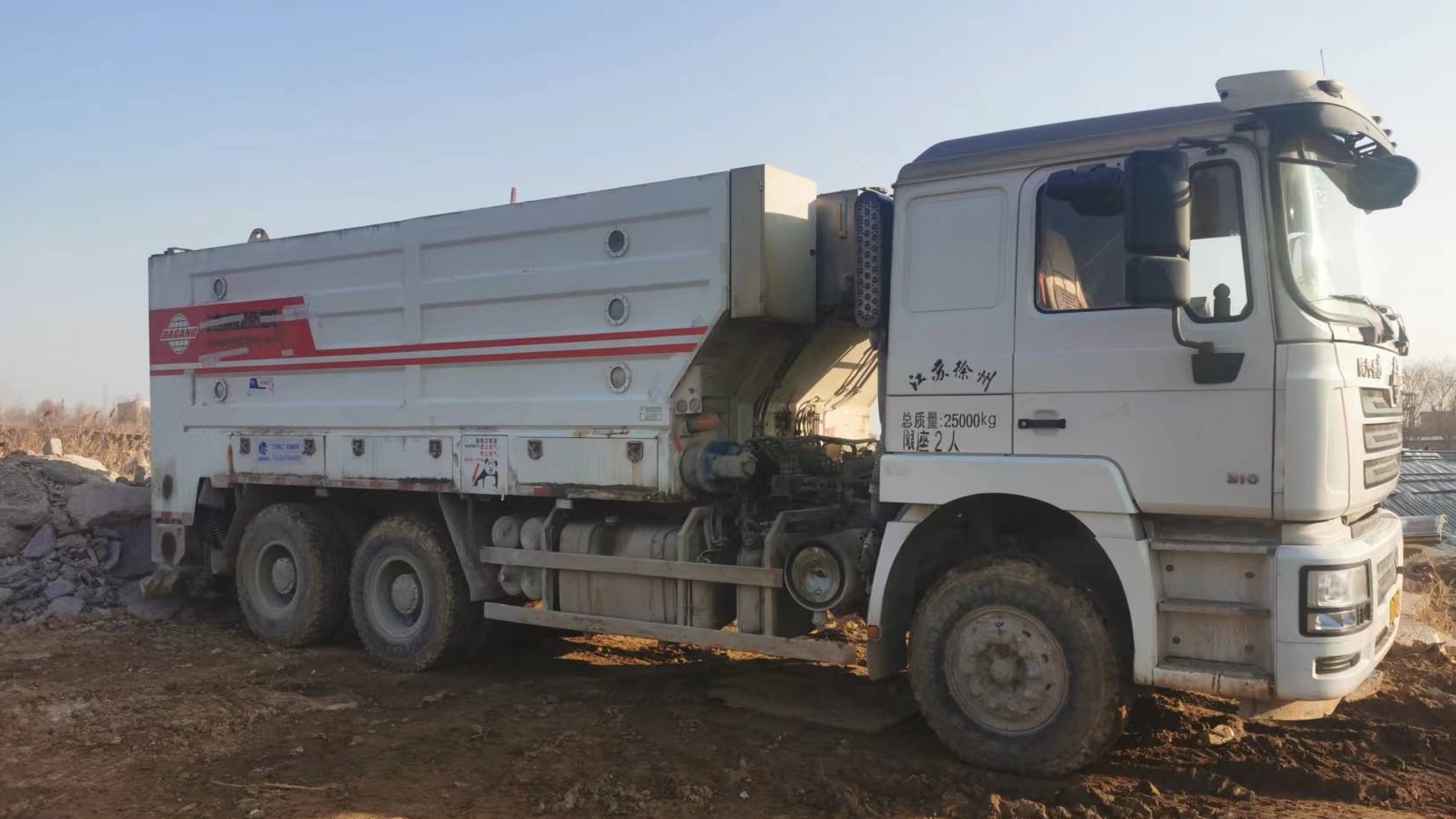
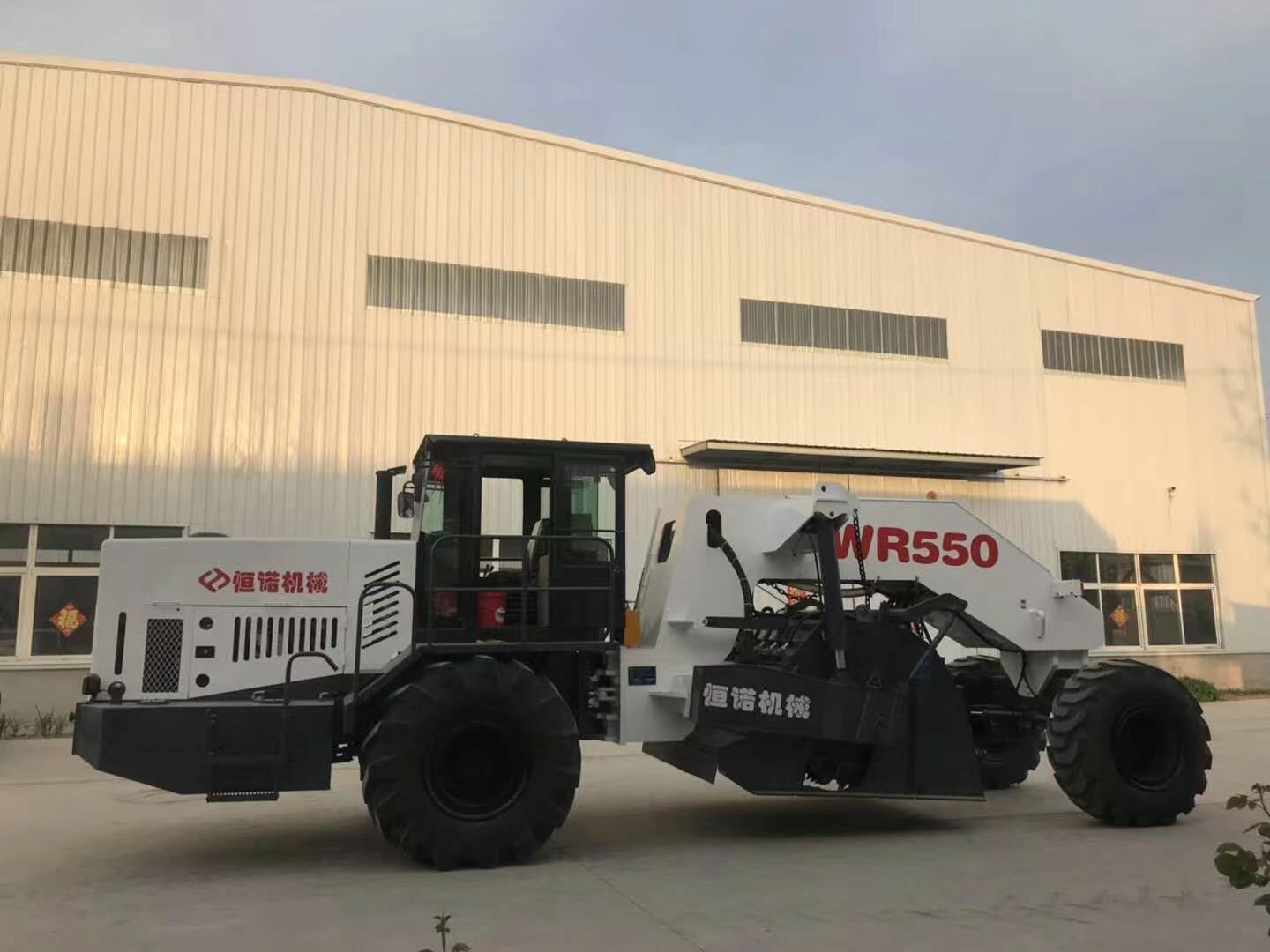
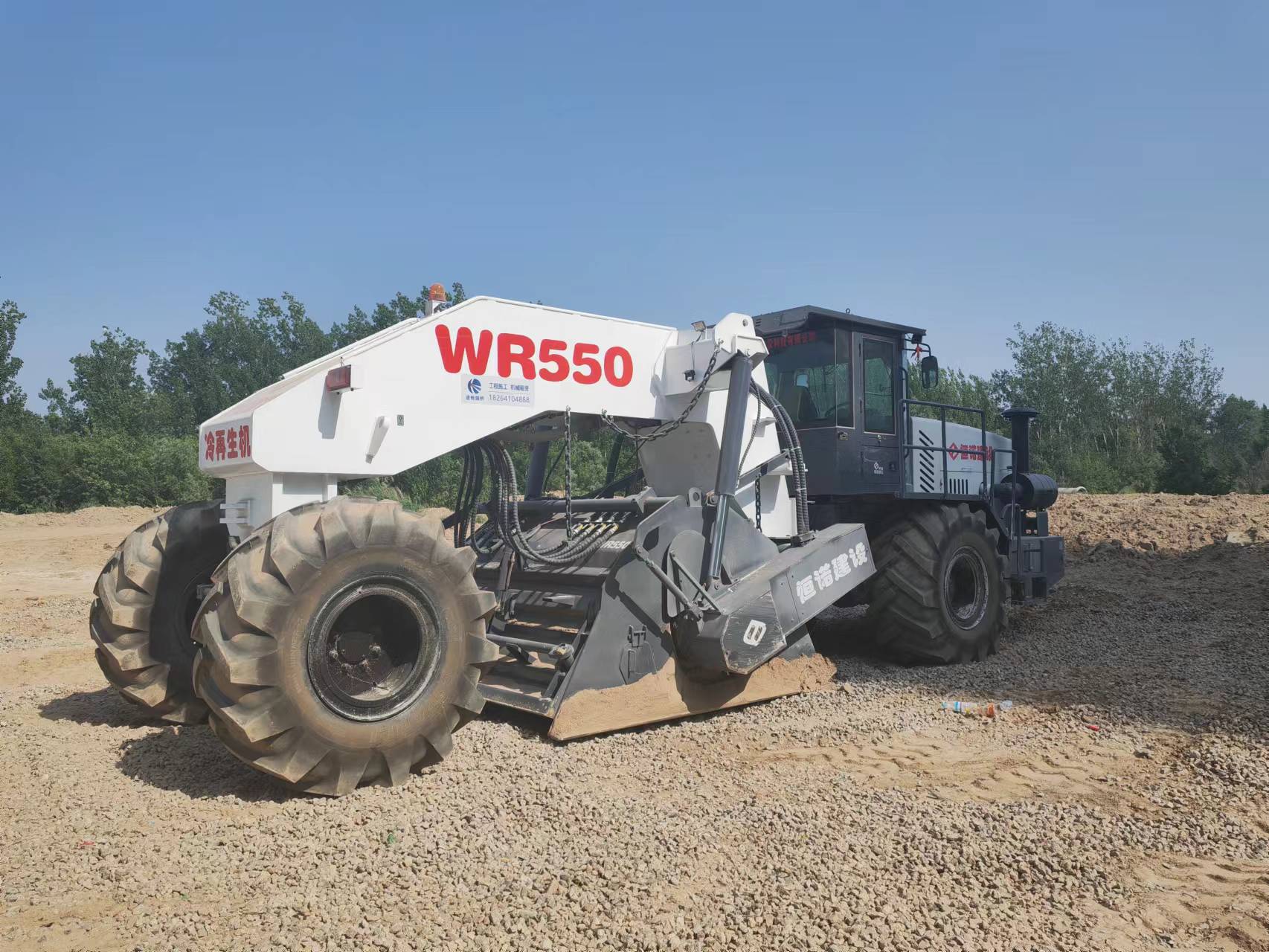
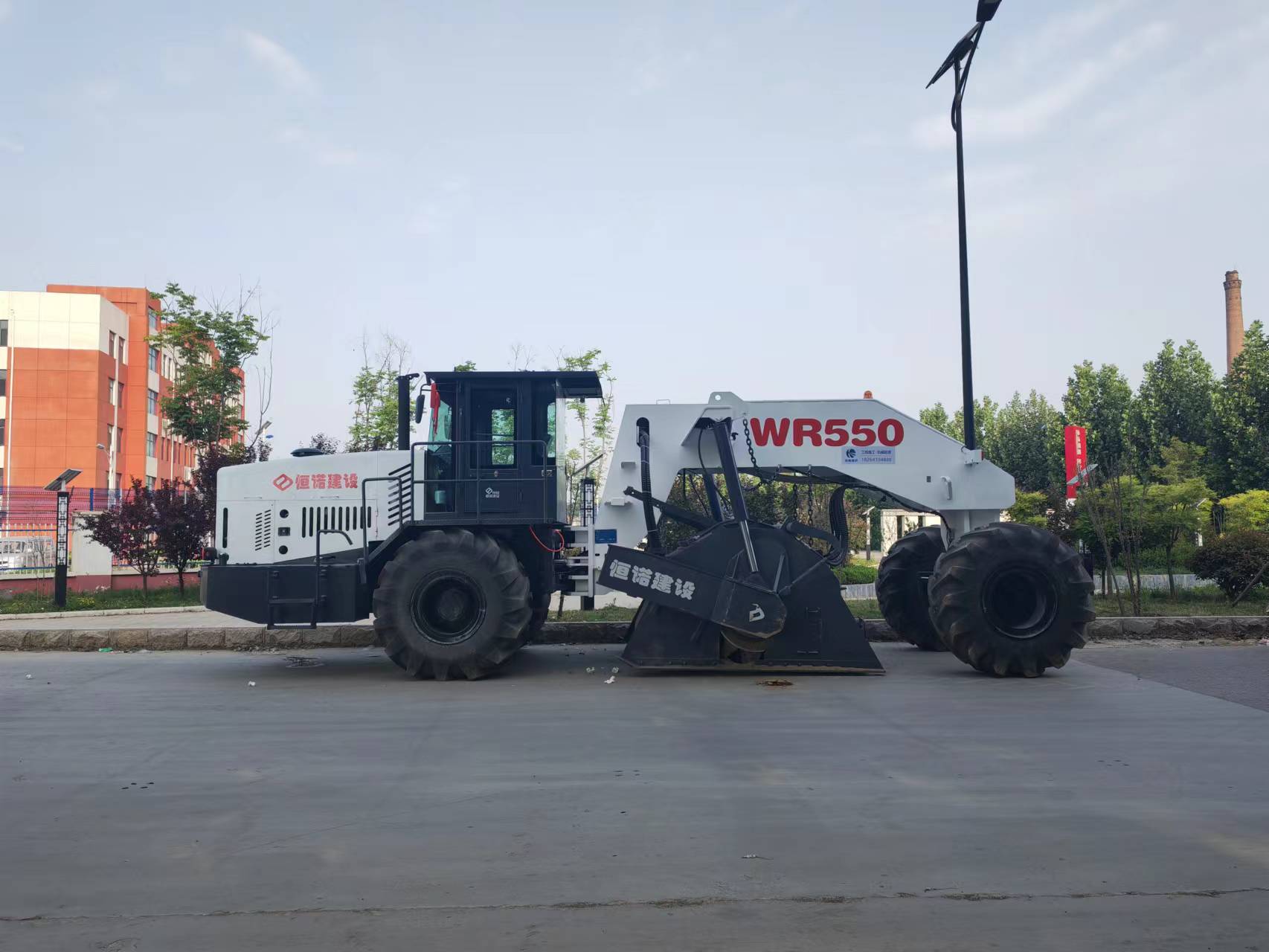
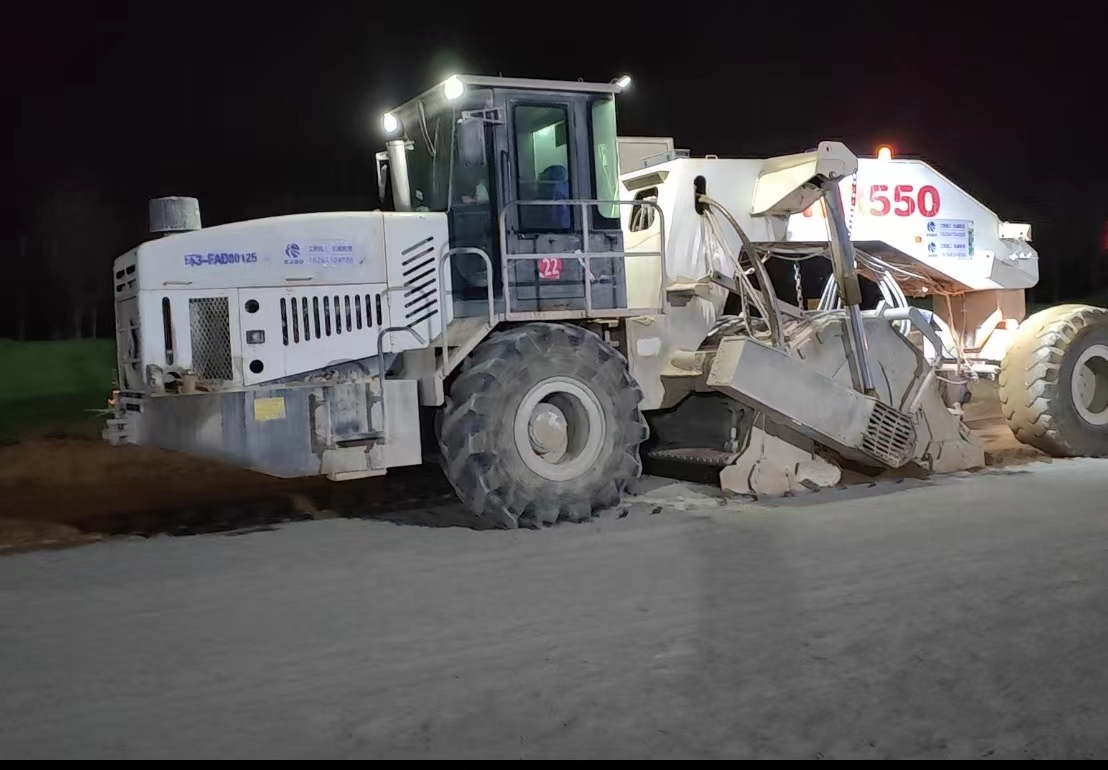
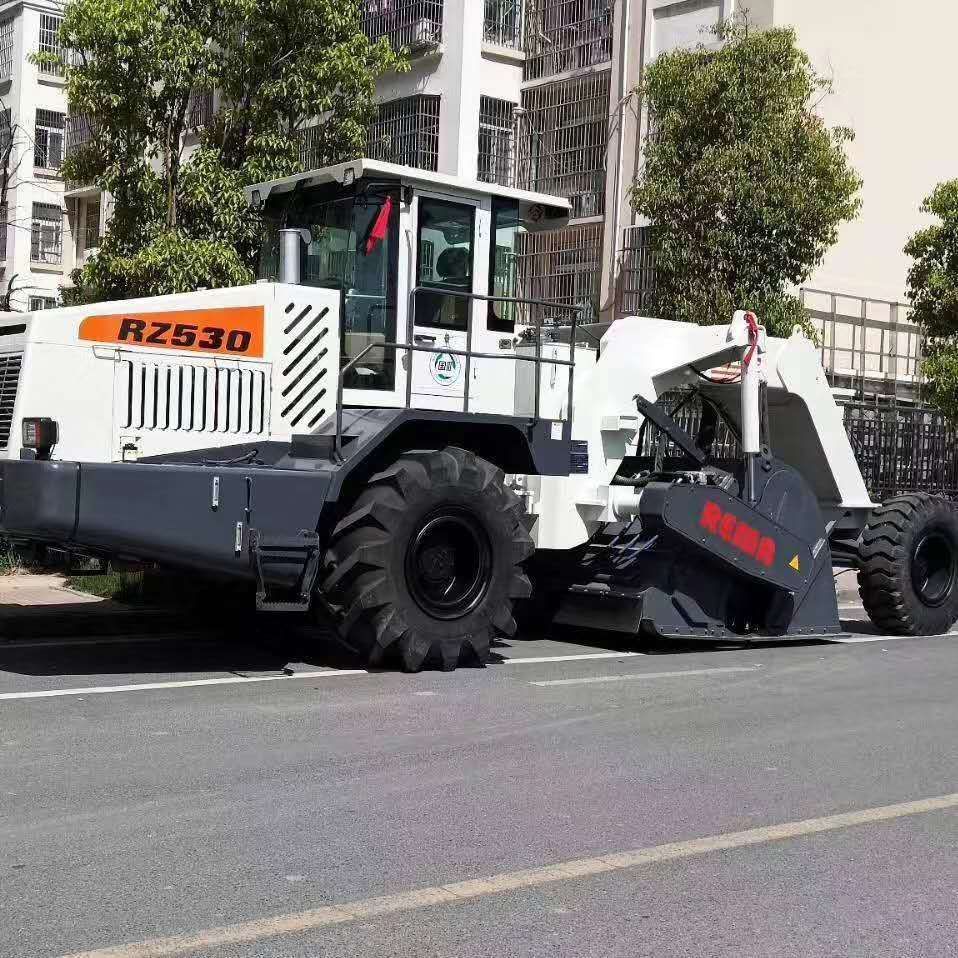
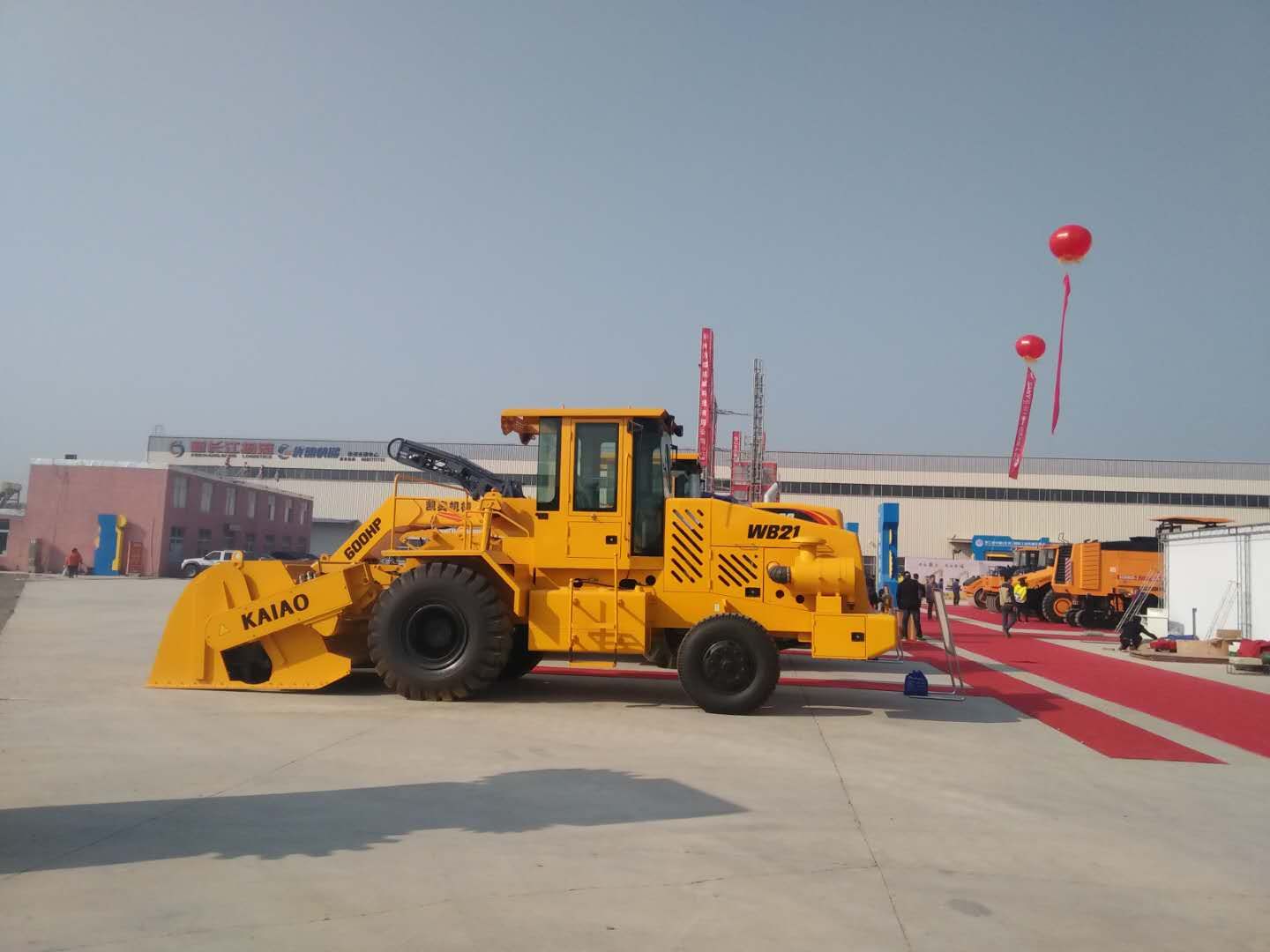
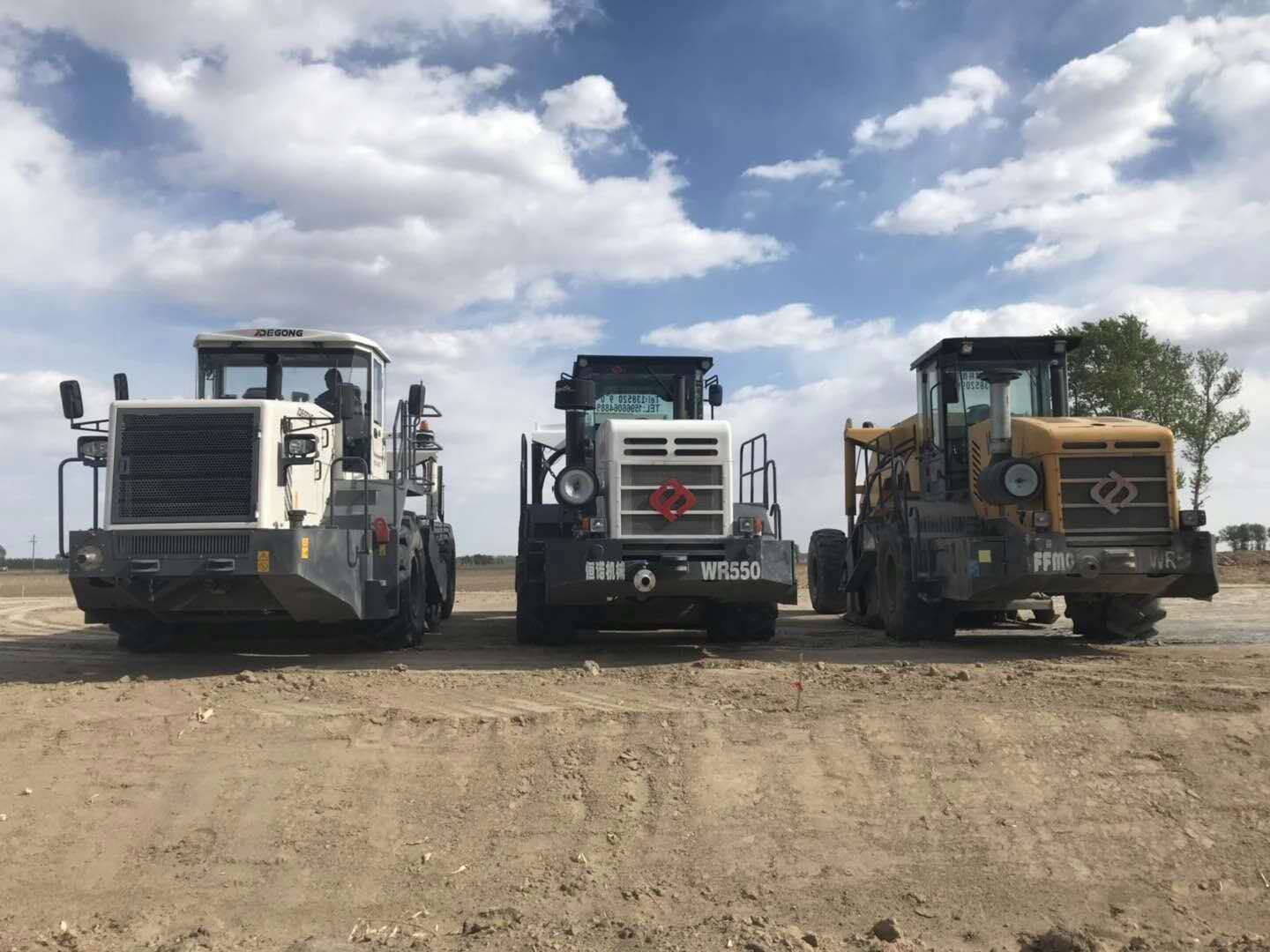
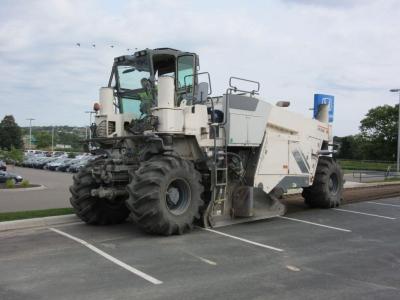
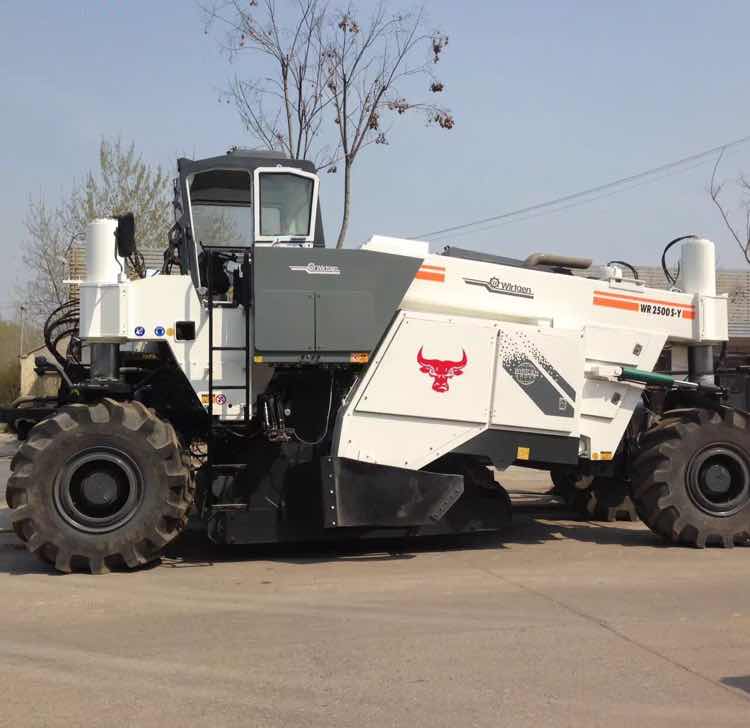
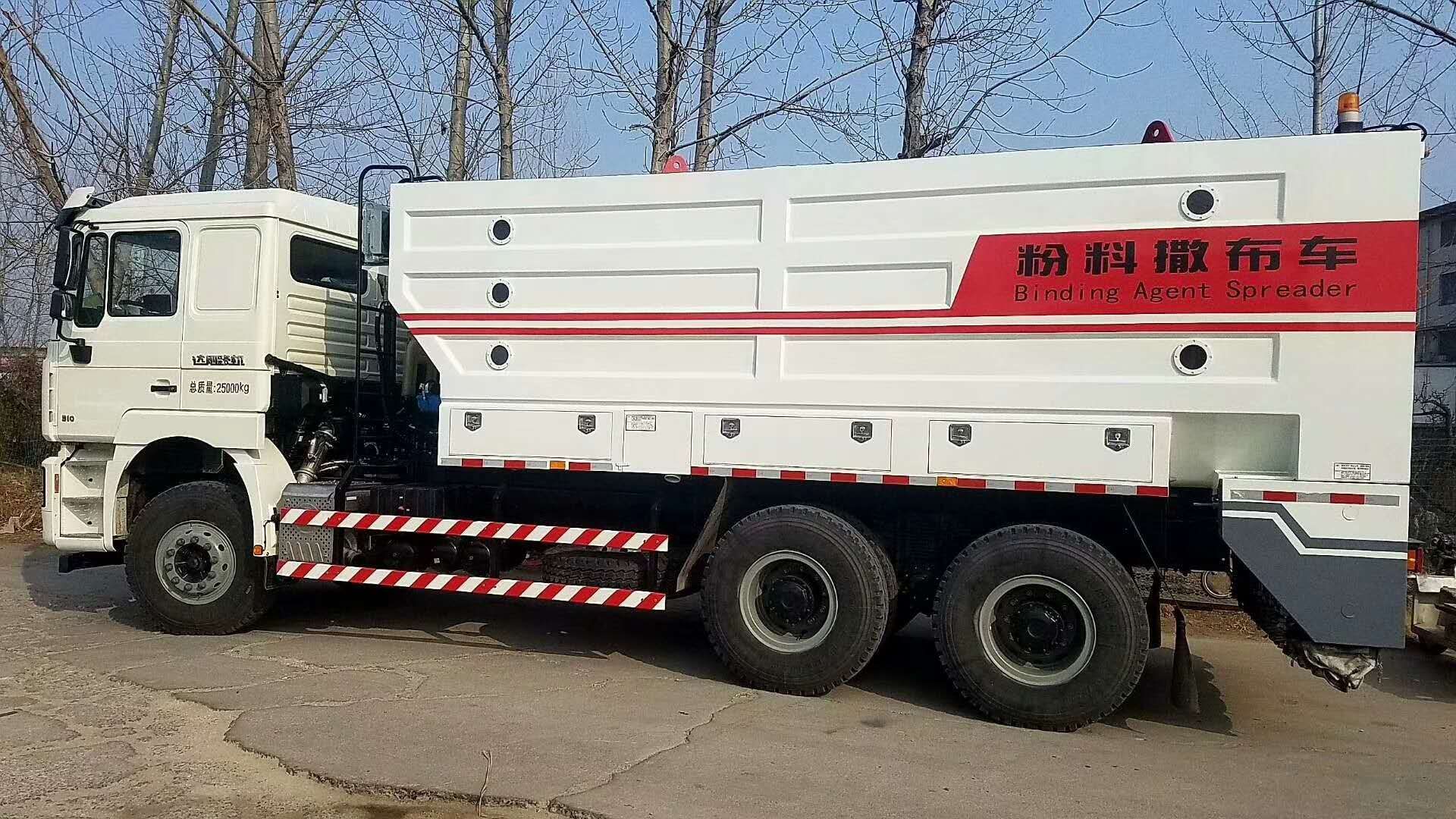
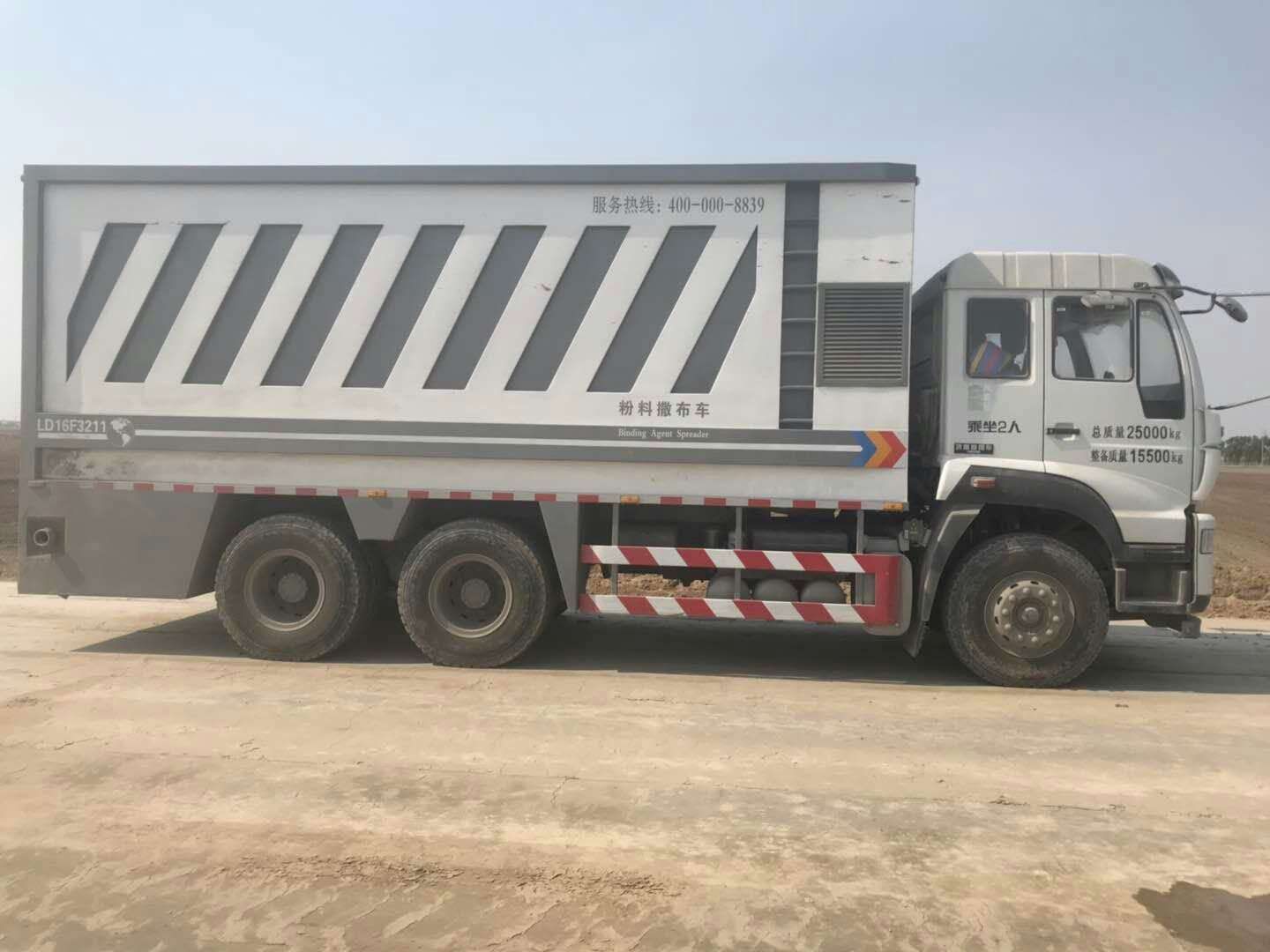
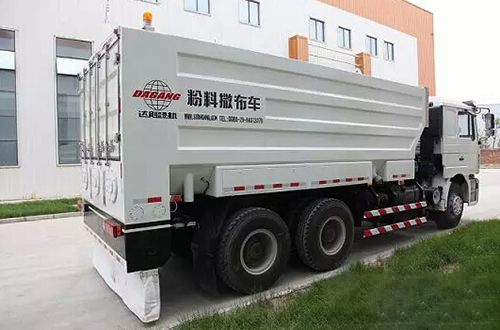
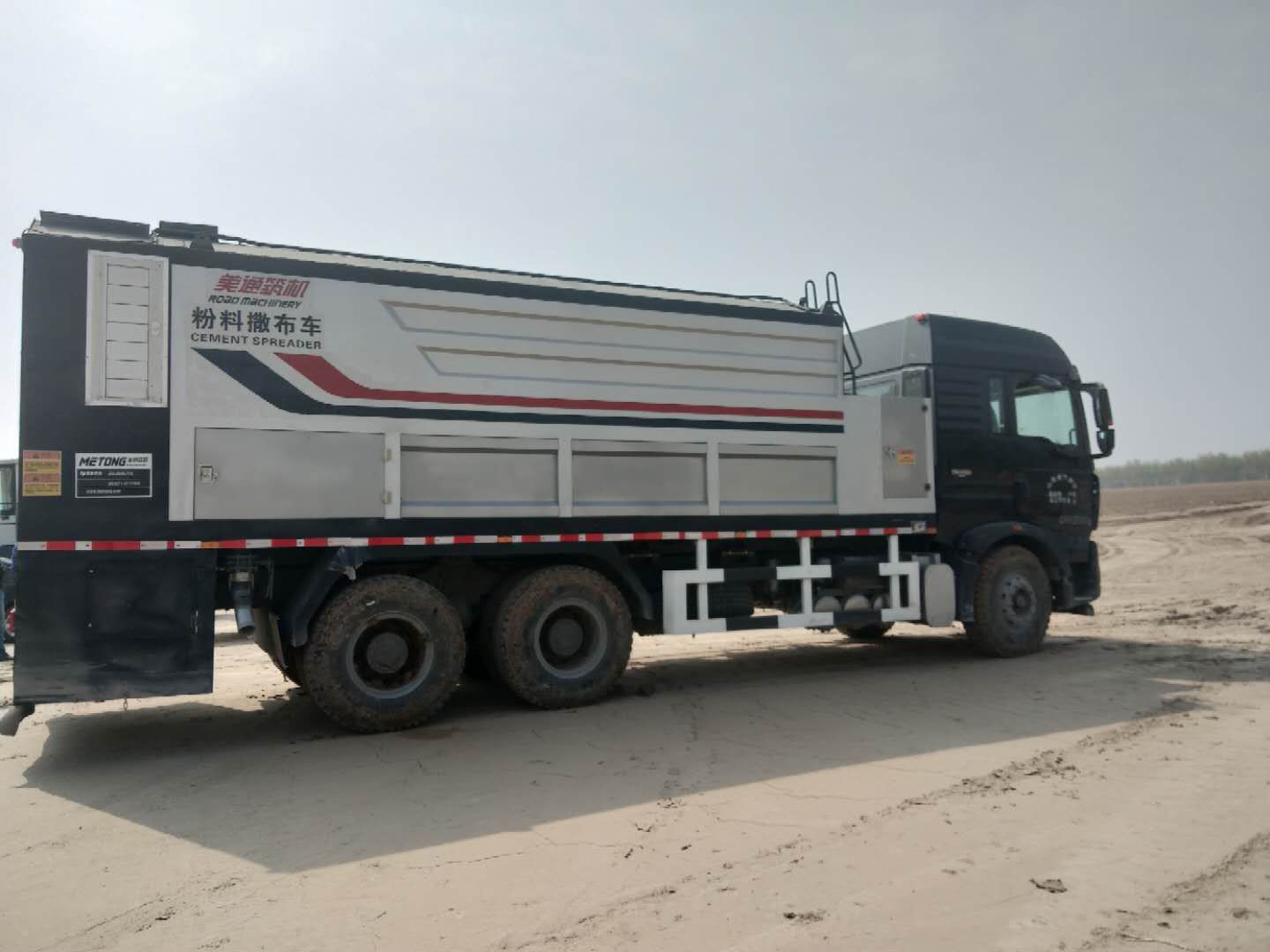
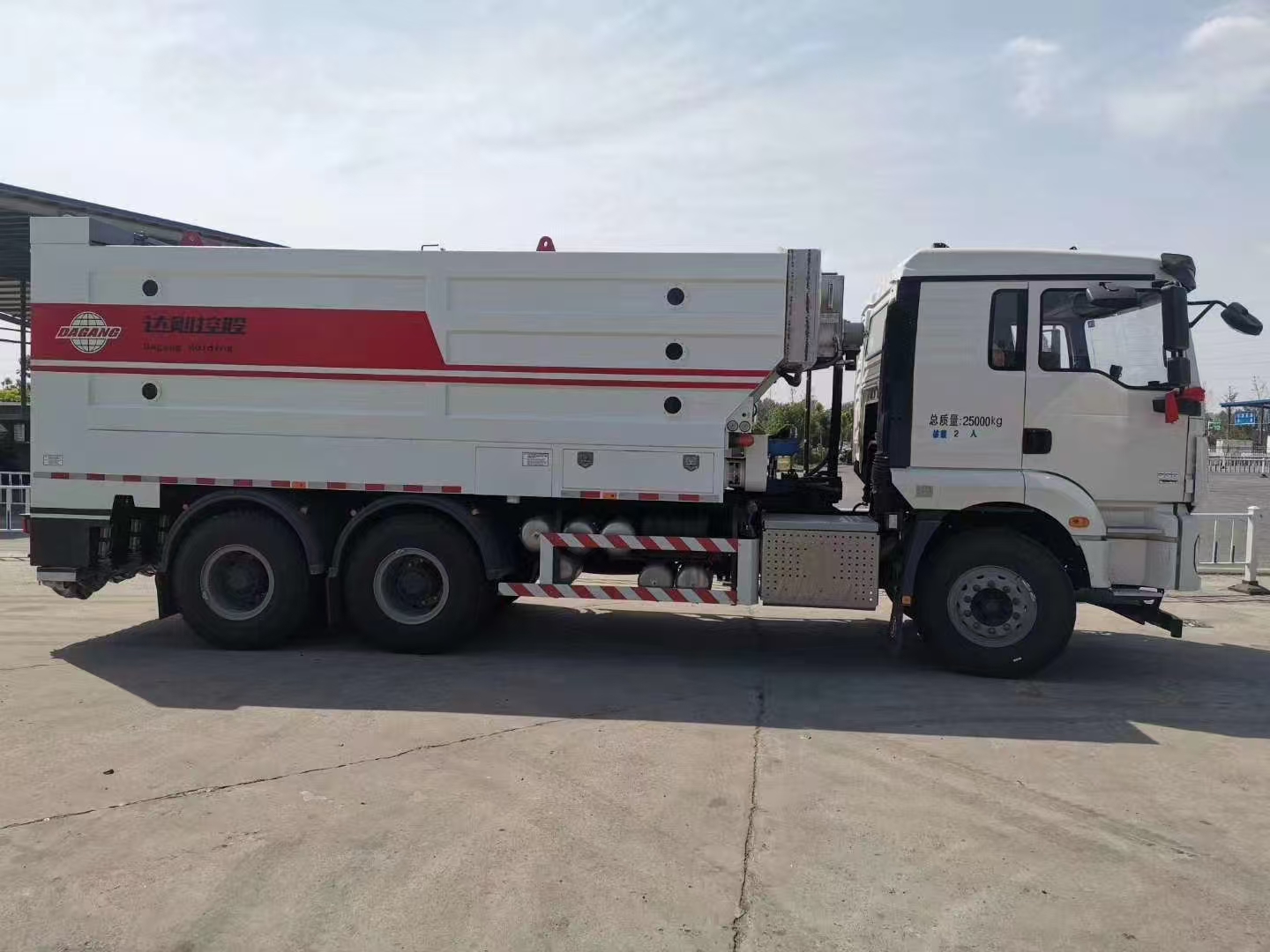




 公司地址:济南市槐荫区经一路273号群盛华城2号楼1-404
公司地址:济南市槐荫区经一路273号群盛华城2号楼1-404 公司名称:山东途畅路桥工程有限公司
公司名称:山东途畅路桥工程有限公司  备案号:
备案号: